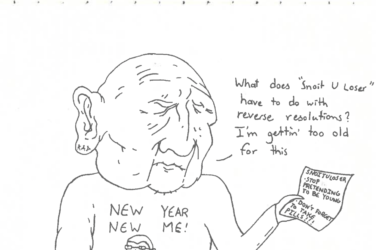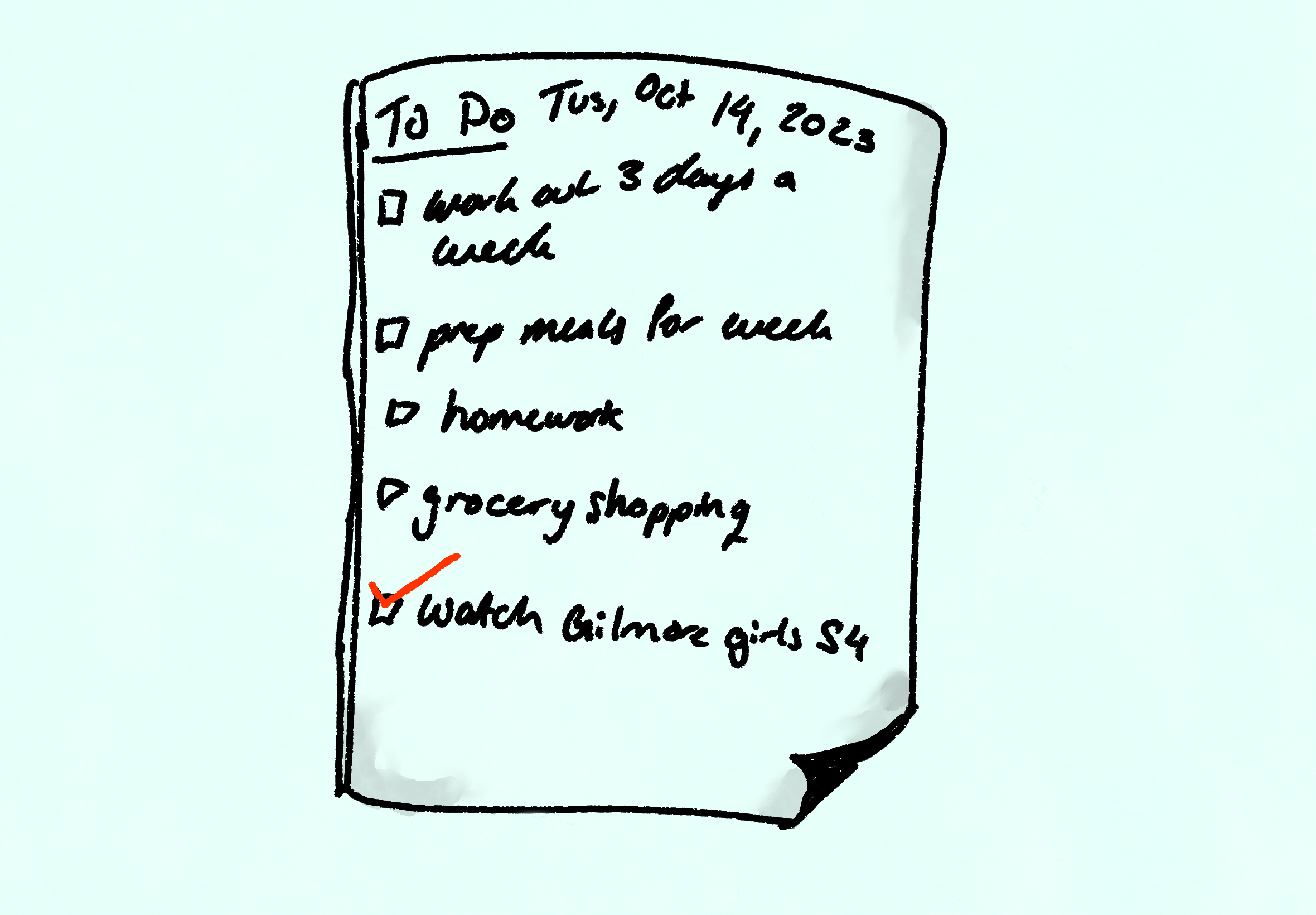Friday, Oct. 21 came and went without so much as a hint of jubilant trumpets or rumbling heavens. Despite warnings from Harold Camping, a Californian radio-evangelist, the rapture did not come. Considering his past failed predictions, the uneventful Friday came as no surprise to many. A couple of months ago, Camping prophesized that the apocalypse would occur on May 21, 2011. This prediction garnered much media attention, and combined with the looming December 2012 doomsday, there was considerable public frenzy.
These frequent apocalyptic predictions, regardless of who they originate from and what religion you identify with, if any, seem to provide nothing more than a source of economic revenue, be it an influx of church donations, a sudden spike in build-your-own-apocalypse-bunkers, or movies like 2012. Rather than reacting irrationally by Googling conspiracy theories or selling all of your earthly possessions, perhaps take a step back and think about what you are actually hearing.
For centuries, humankind has considered the end of the world. In medieval times, many believed that the first crusade, coinciding with the 1000th anniversary of Christ’s death, would mark the return of Christ and with it, the end of time. Jumping forward a thousand years, the millennium and the Y2K hype generated the same essential fears, just in a more modern setting. With each time the world fails to end, people wipe the sweat from their brows and then carry on with their lives as normal.
Currently the most popular prediction is that given by the Mayans. But what did their singling out of the date of Dec. 12, 2012 really mean? National Geographic has considered a couple alternatives to the doomsday conclusion so many have prematurely latched on to. Firstly, if the Mayan calendar is cyclical, Dec. 12, 2012 is simply a renewing of time and marks the beginning of a new era. Secondly, as depicted in 2012, the idea of a slew of earthquakes, volcanoes and rogue waves as part of the continental shifts bringing about the end of the earth, is not accurate. According to scientists, National Geographic says that the earth has, in its past, seen considerable continental rearrangements. However, the rate at which it occurred was very slow, taking millions of years, and thus can easily go unnoticed.
Thirdly, while the Mayans were skilled astronomers, and their calendar was most probably tied to seasonal agriculture cycles, any great galactic alignment that may occur on Dec. 12, 2012 is of little worry to humanity. Alignments regularly occur during the winter solstice. Finally, there is no foreseeable renegade planet heading earth’s way, and no potential in the near future of a solar flare large enough to light the earth up in flames.
It is probably wisest to follow the lessons history has taught us. Mainly, that the chances of the world coming to an end this time around are unlikely. No matter when or how the earth will end, one thing is definite: we all have people we love and aspirations we wish to see fulfilled. So instead of turning predictions of the rapture or apocalypse into fear, turn it into motivation. Don’t just laze about wasting your day, but do something to help fulfil whatever aspirations you have. Show those you care about what they mean to you. No one can predict the end of the world, so as the saying goes, seize the day. But, in case the apocalypse is not just around the corner, maybe you should finish your education, and make room for some fun, just to be on the safe side.








